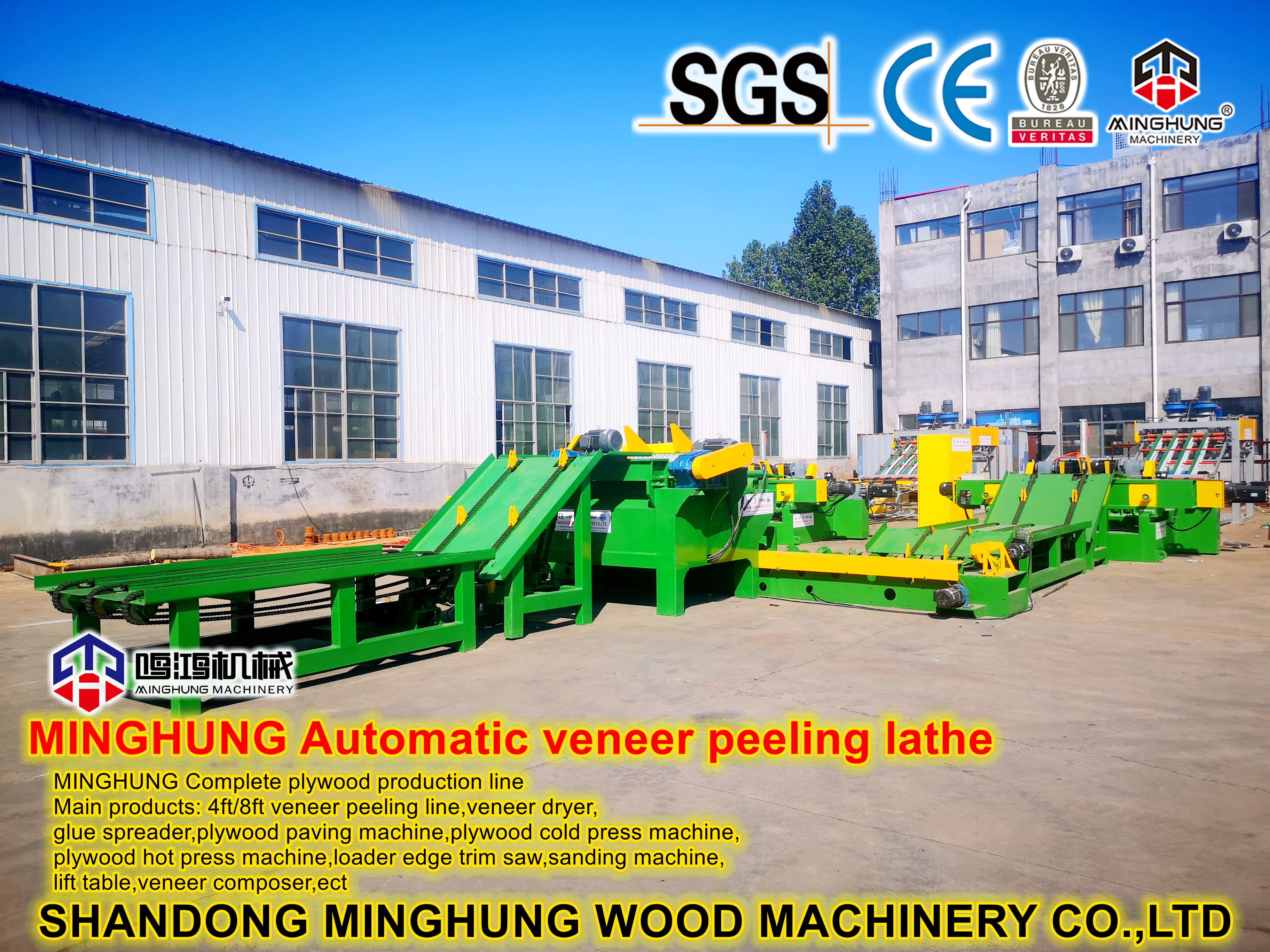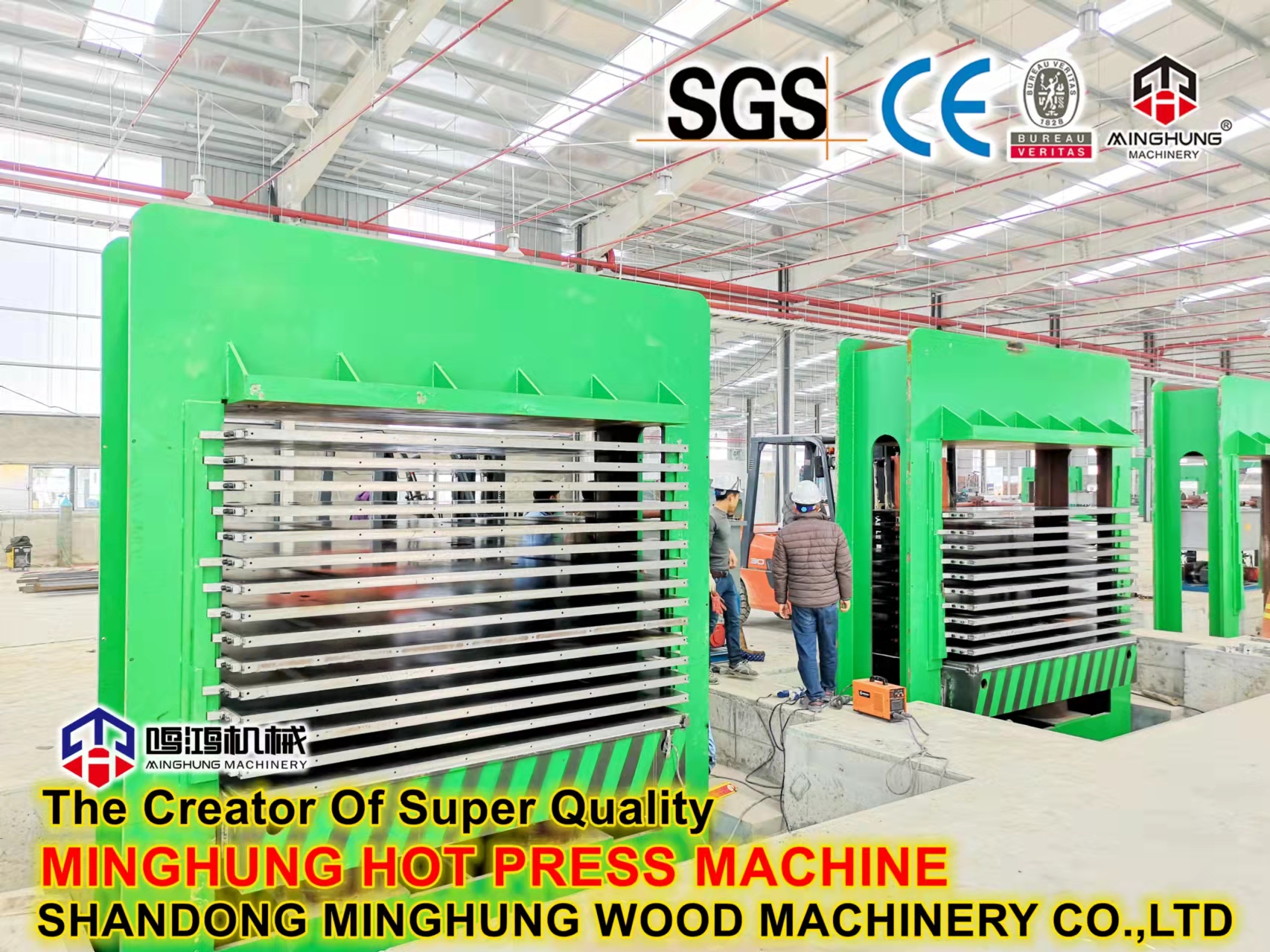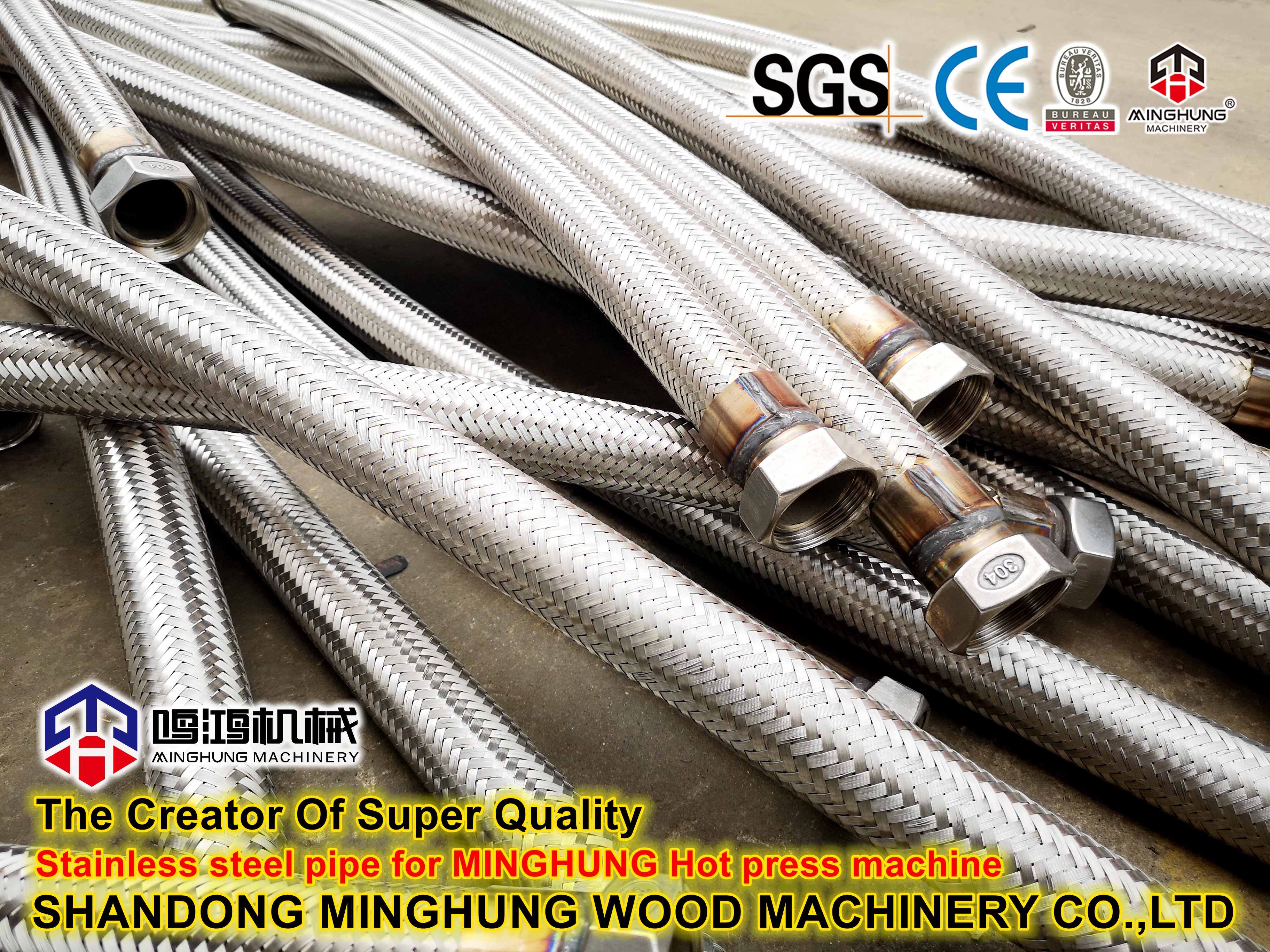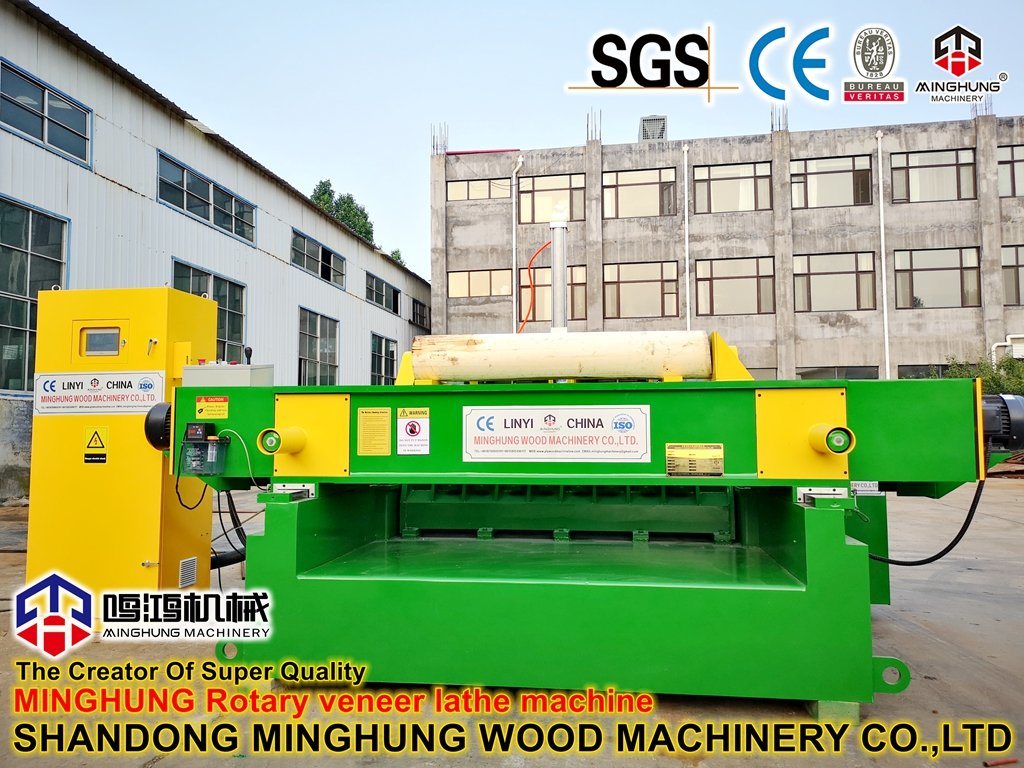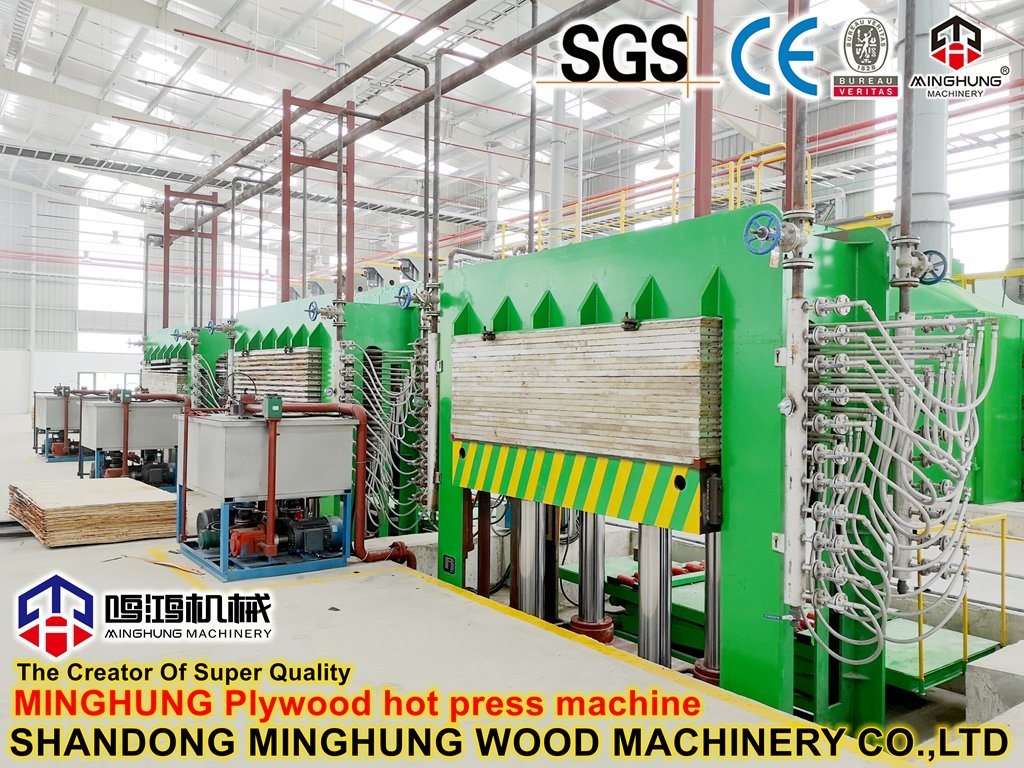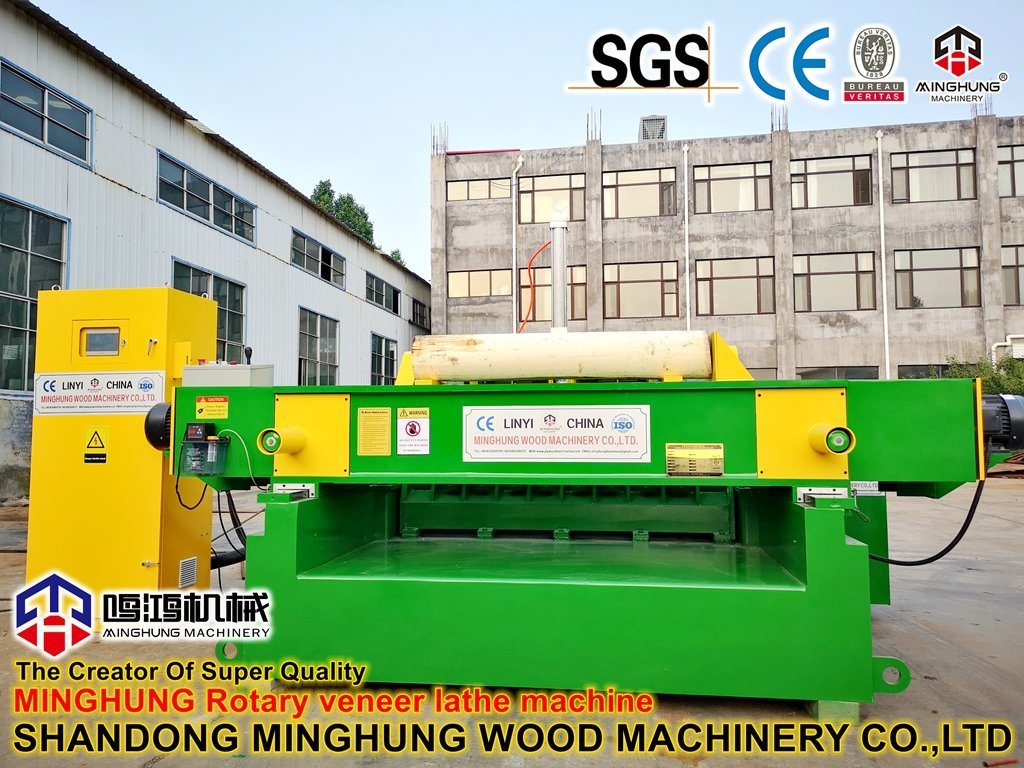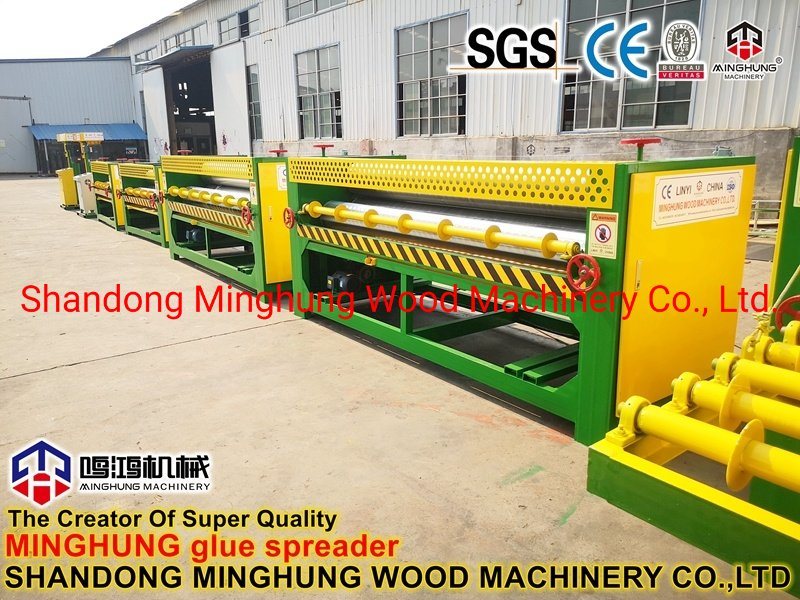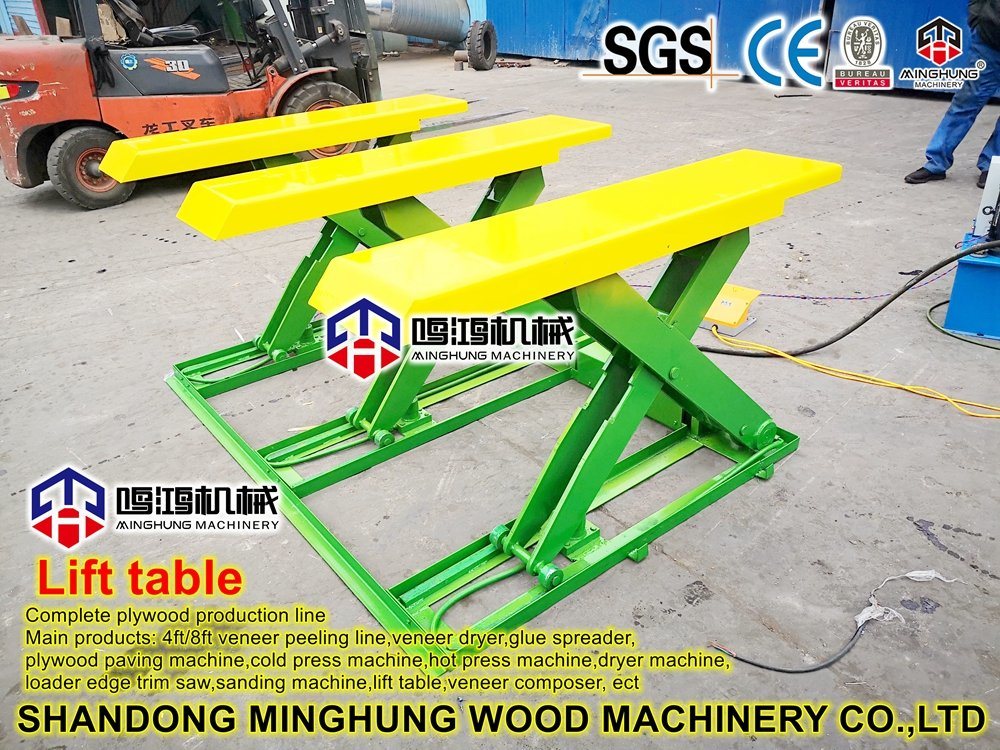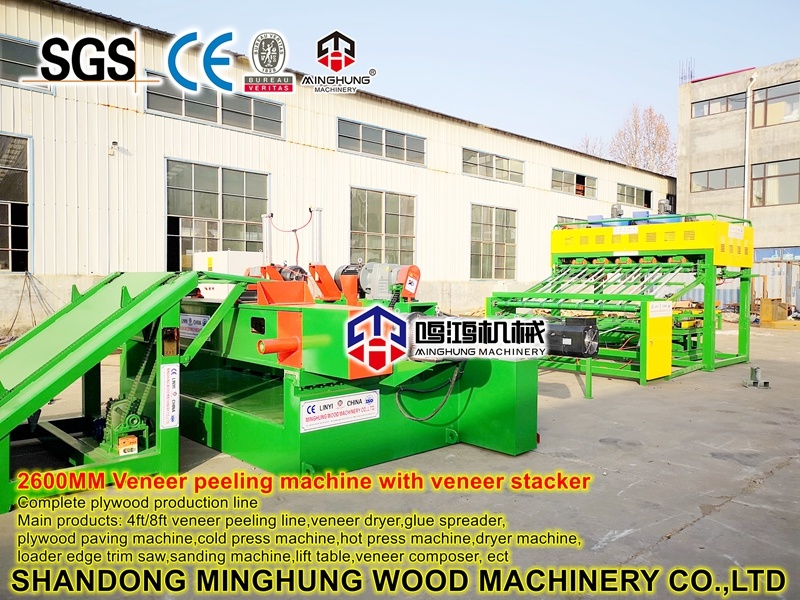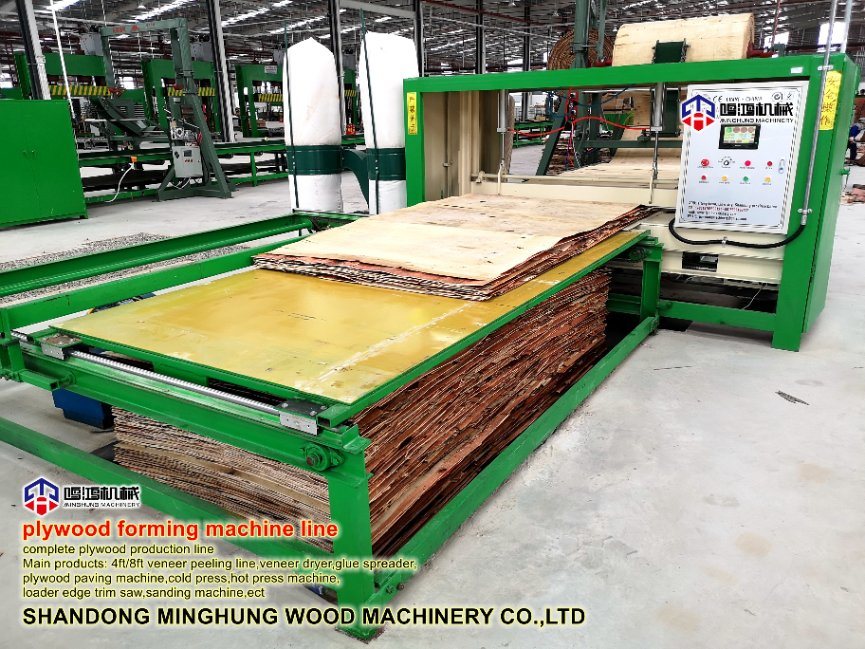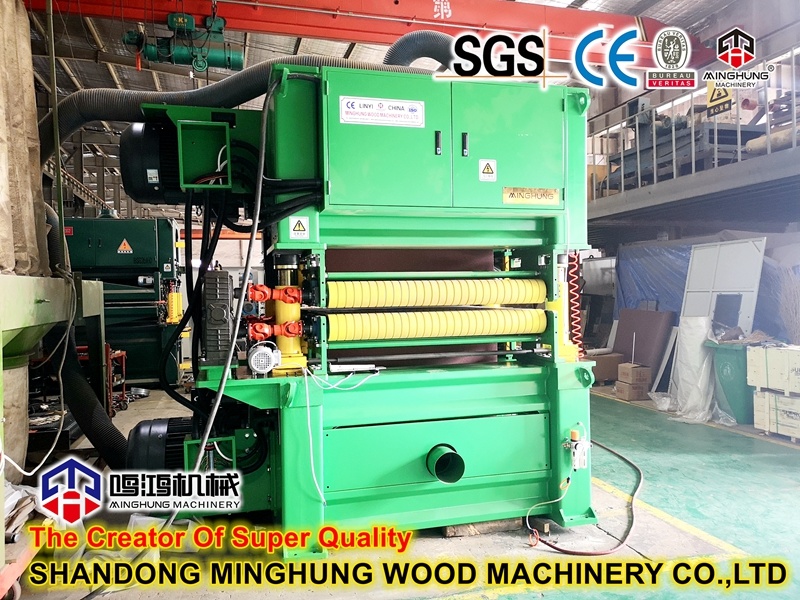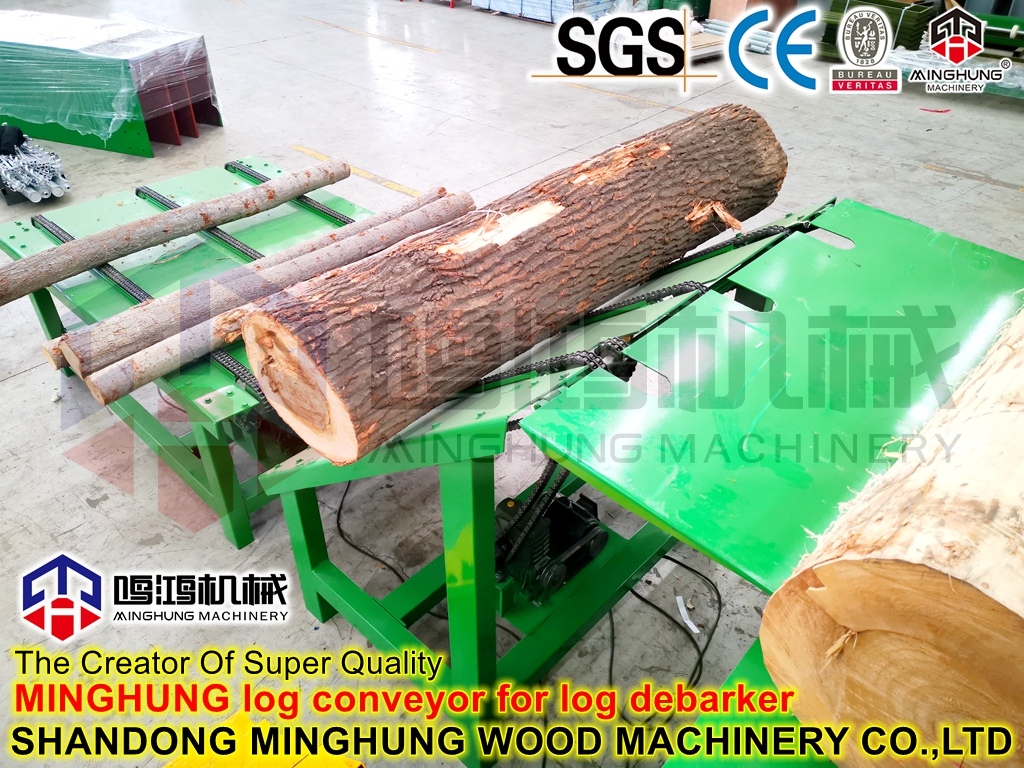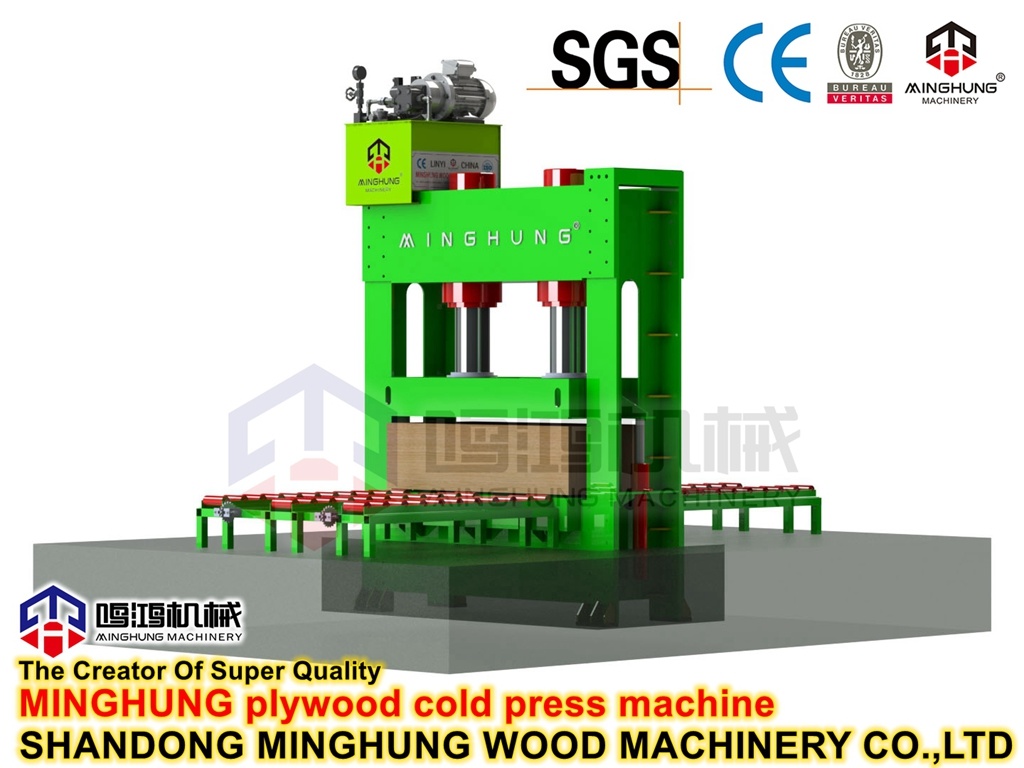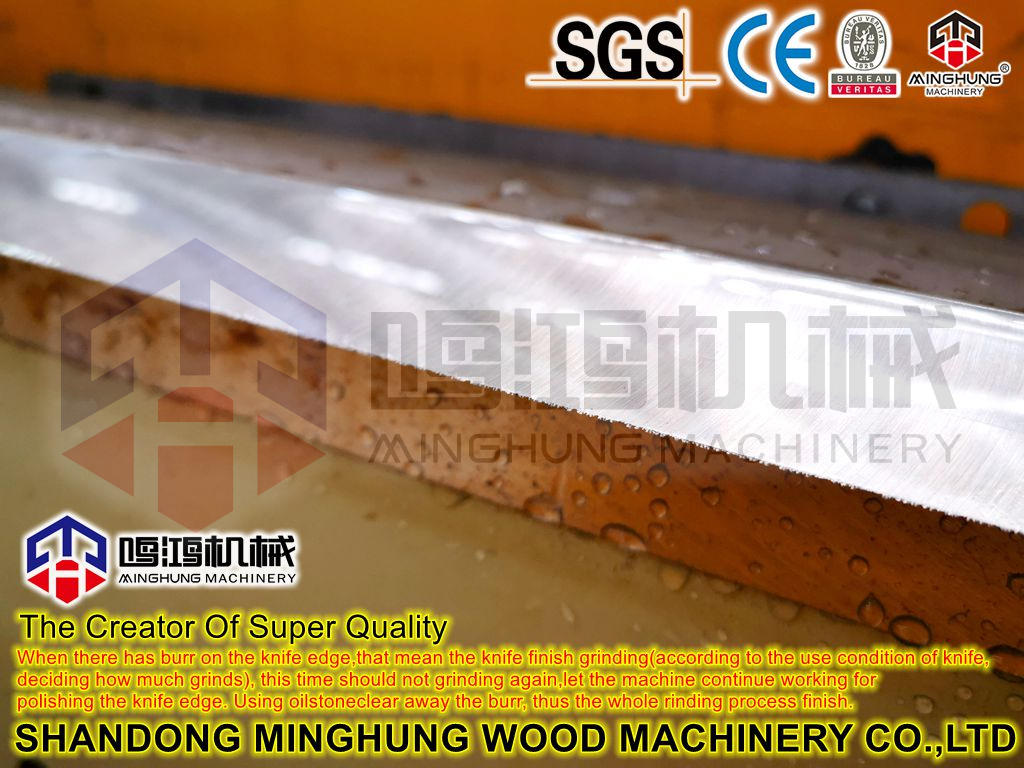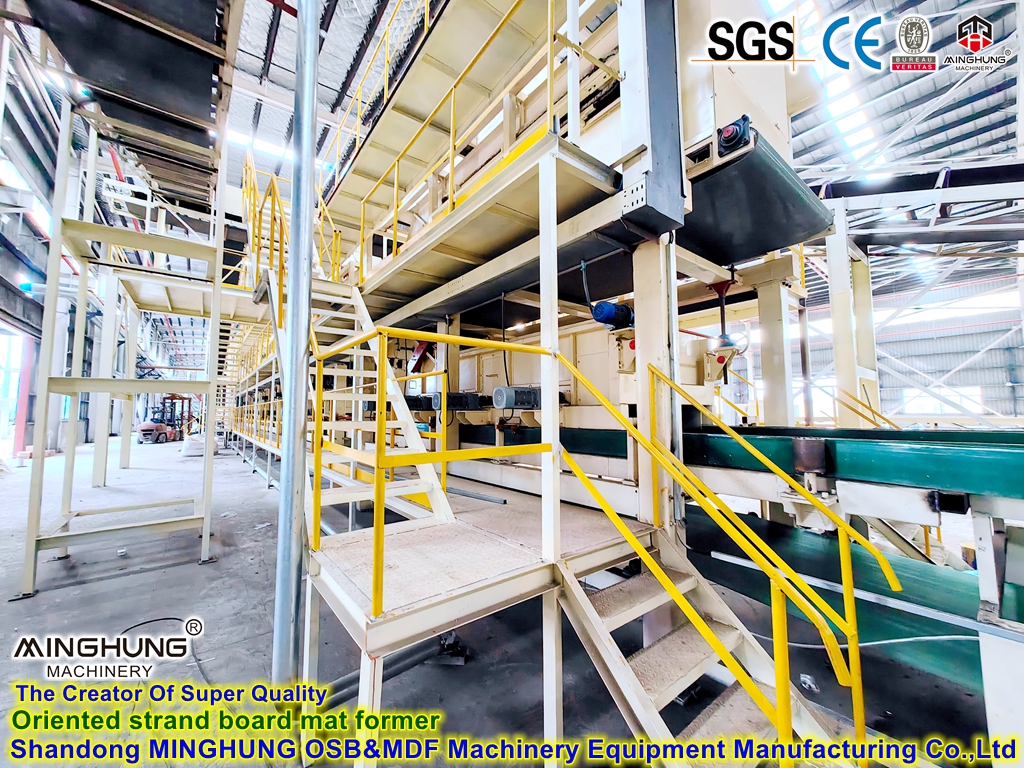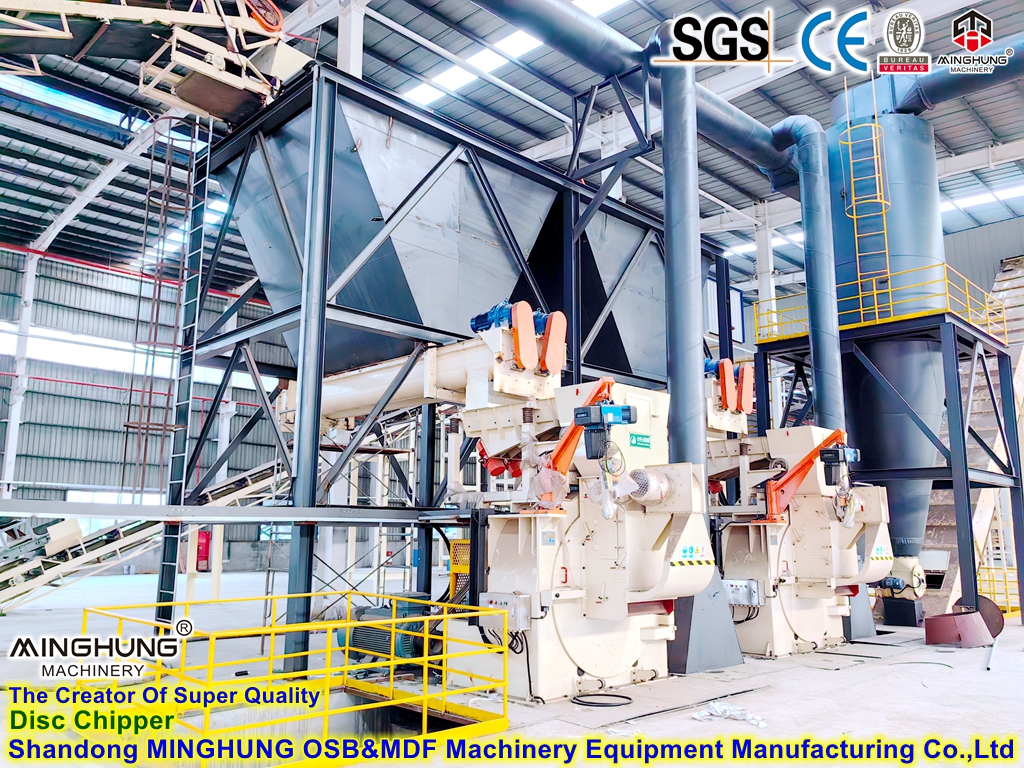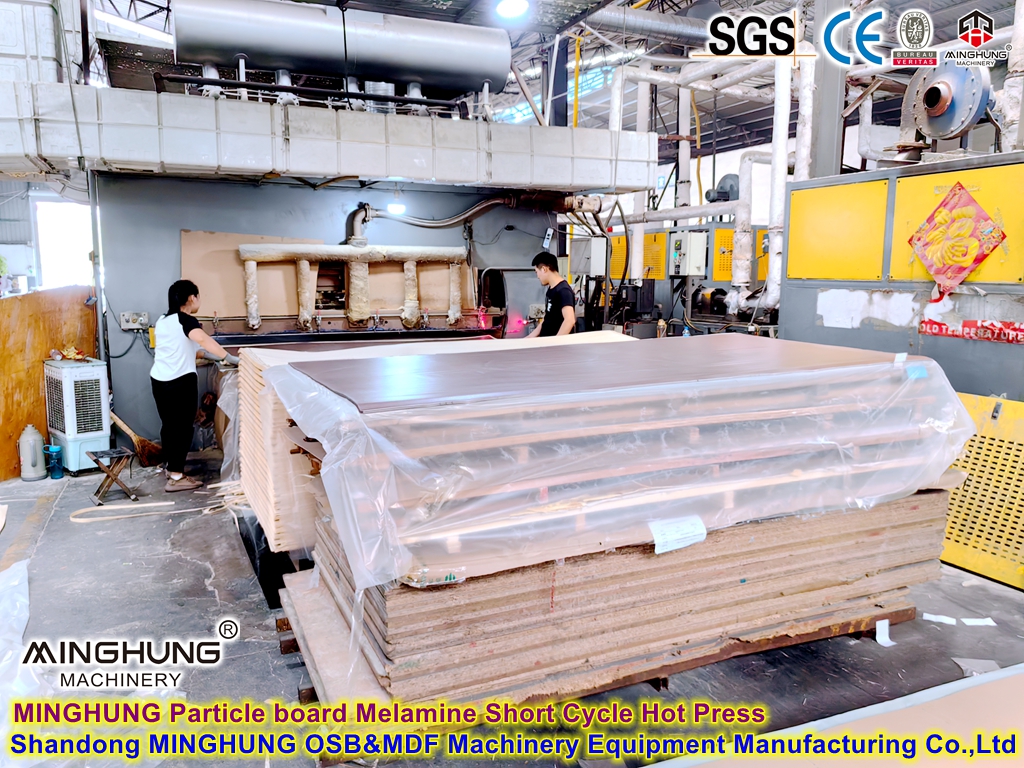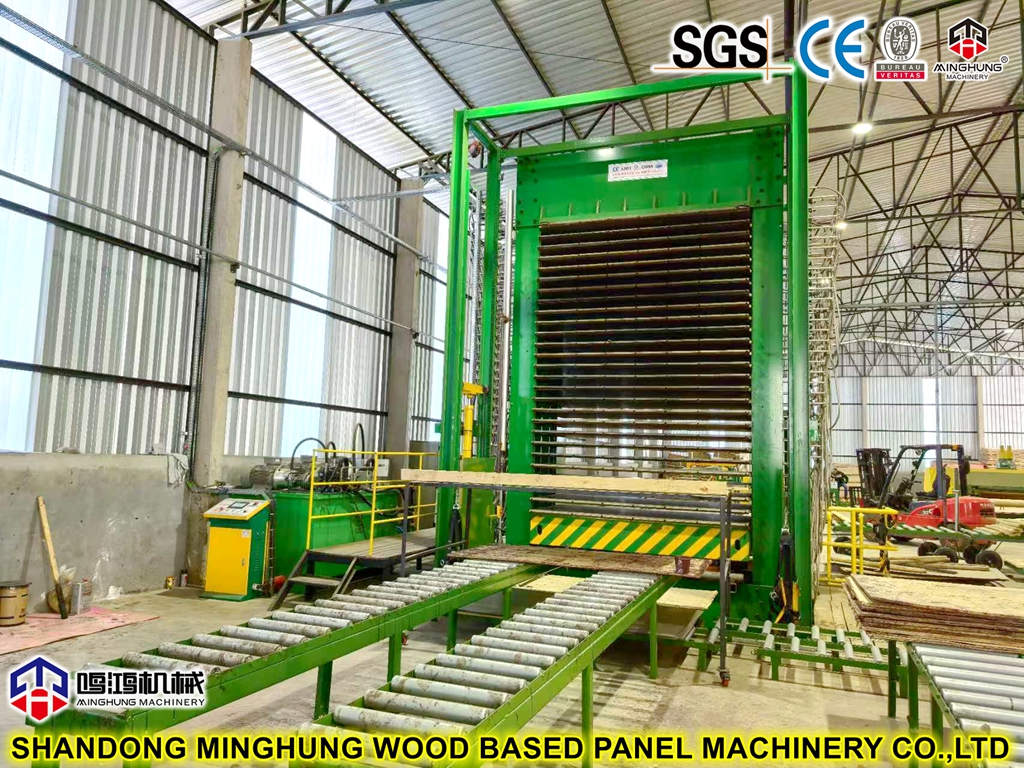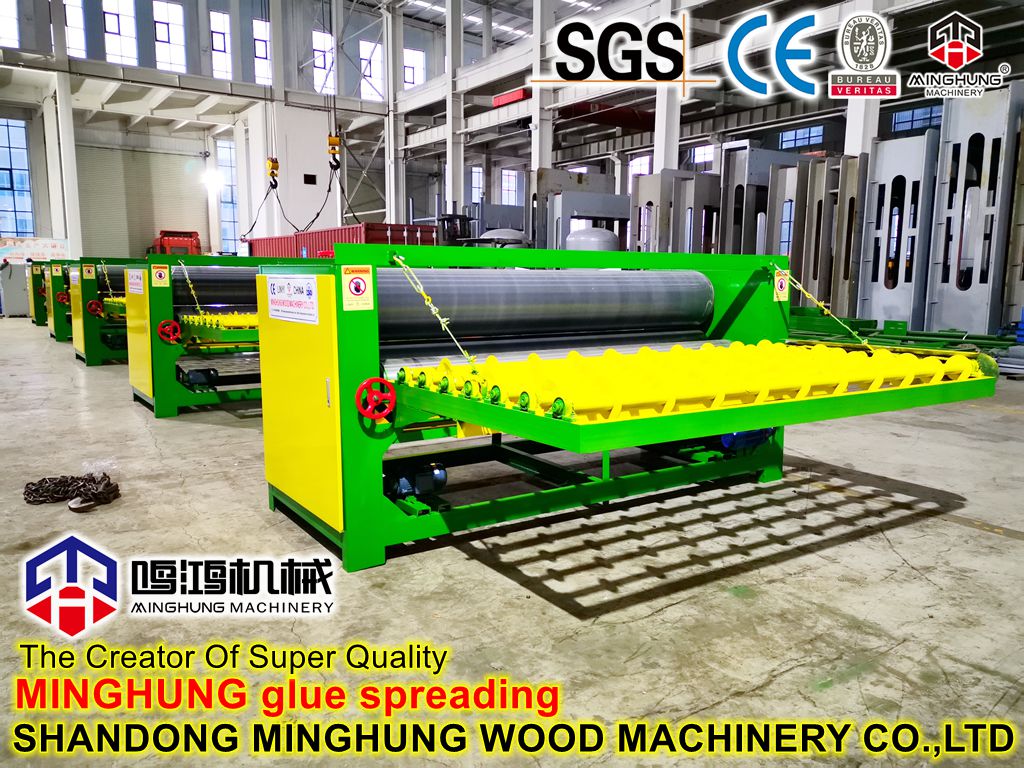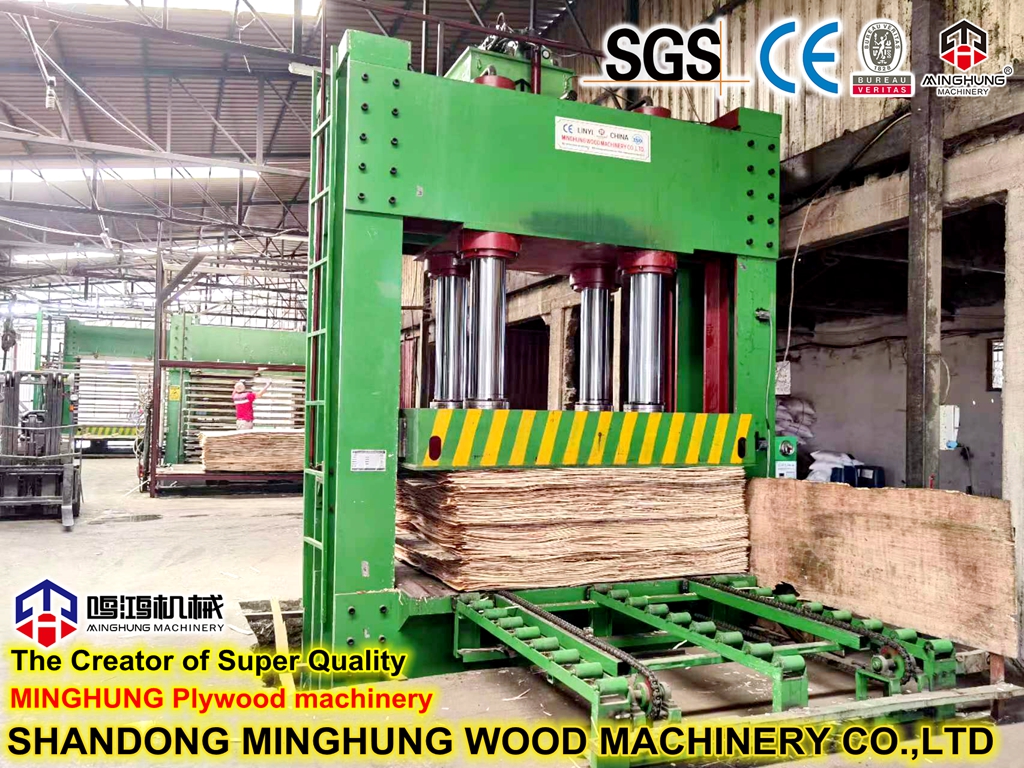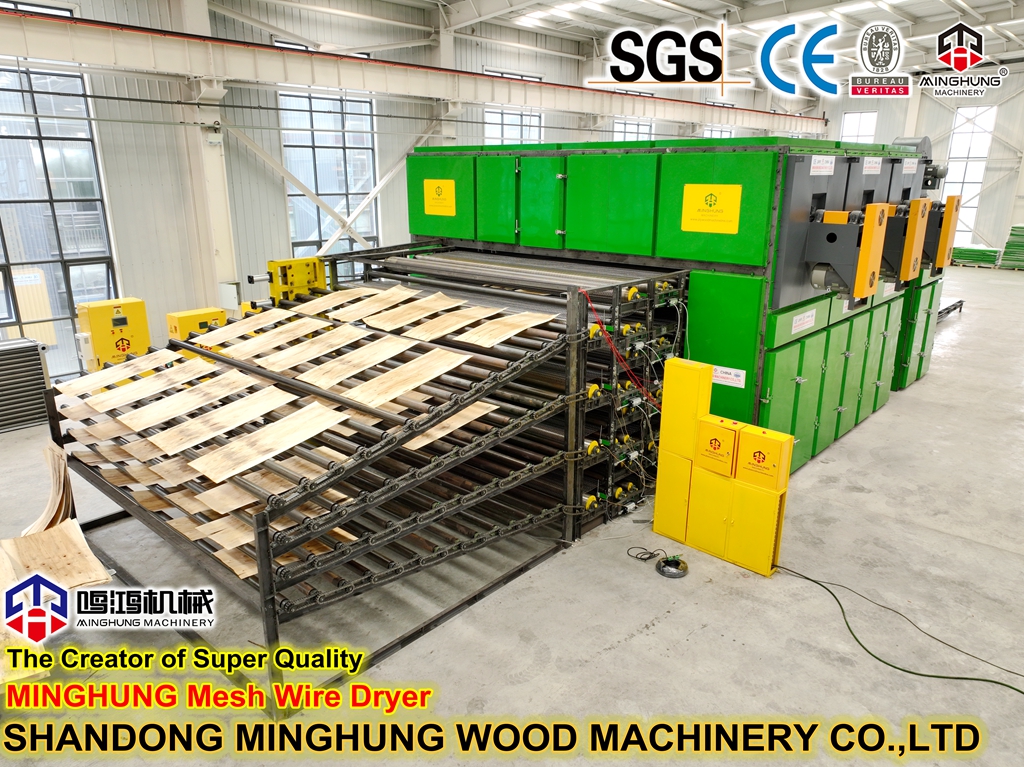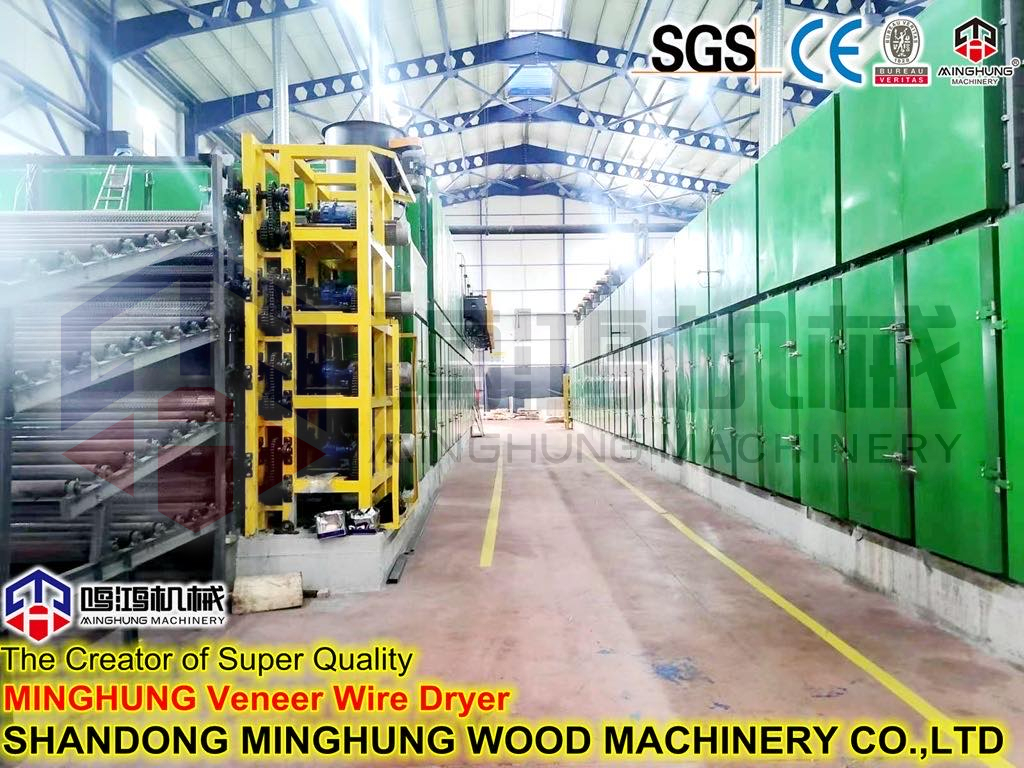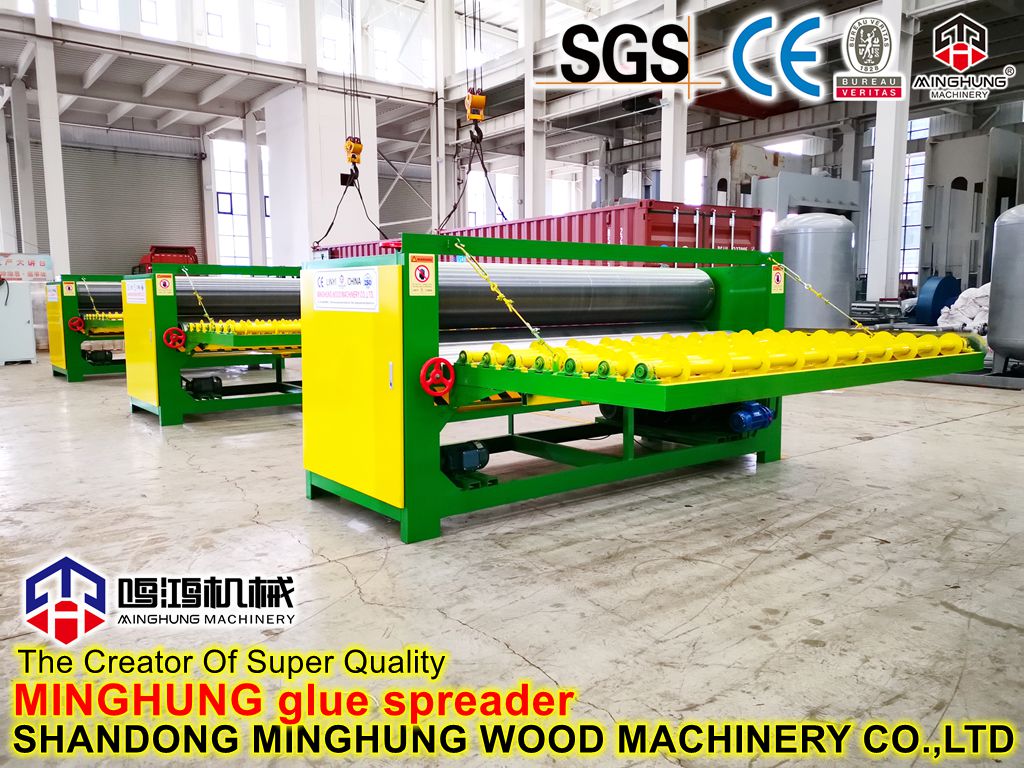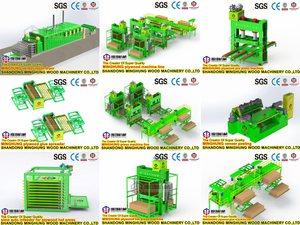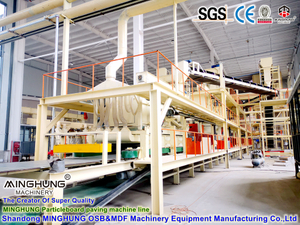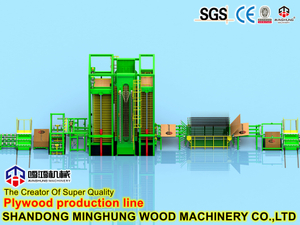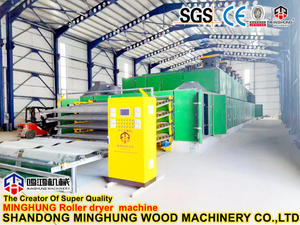No Added Formaldehyde Eco-Friendly Plywood Production Equipment is an integrated production system specifically engineered for manufacturing high-standard, healthy panels. The key distinction from traditional plywood equipment lies in its comprehensive optimization and upgrading around the process characteristics of No Added Formaldehyde (NAF) adhesives (e.g., soy protein adhesive, polyurethane MDI adhesive, bio-based adhesives). This ensures the produced plywood achieves non-detectable levels of formaldehyde emissions, complying with the world's most stringent environmental standards (such as CARB NAF, EPA NAF, and Japanese F★★★★). This equipment is not merely a production tool but a strategic choice for enterprises to enter the high-end green building materials market and fulfill their social responsibility.
|
Main Equipment Components
Each piece of equipment in this production line is specifically optimized for the characteristics of No-Added Formaldehyde (NAF) adhesives (e.g., soy-based adhesive, MDI adhesive).
1. High-Precision Veneer Dryer
Core Function: To dry the peeled wet veneer to a precise and uniform moisture content. This is the primary prerequisite for stable quality in NAF plywood production.
Working Principle: Wet veneer is transported into the drying chamber via a mesh belt or rollers, where it undergoes thorough heat and moisture exchange with hot air (heated by thermal oil, steam, or gas), evaporating the moisture.
NAF-Specific Design and Parameters:
Precise Moisture Control: While traditional dryers aim for a general range (e.g., 8-15%), the NAF line requires much higher precision. It must feature a more accurate moisture control system to stabilize the final veneer moisture content within an extremely narrow range of ±1% (e.g., 8%-10%). This is critical because NAF adhesives (especially soy-based) are highly sensitive to veneer moisture content; uneven moisture can lead to delamination and blistering.
Adjustable Drying Curve: Allows setting different temperatures in various zones to prevent case-hardening of the veneer surface caused by rapid, high-temperature drying, which affects bond strength.
Key Parameters: Drying temperature range: 120°C - 180°C (with precise zone control); Deviation of output veneer moisture content: ≤ ±1%.
2. Stainless Steel Precision Glue Spreader
Core Function: To apply the NAF adhesive evenly and quantitatively onto the veneer surface.
Working Principle: The veneer passes between a pair of counter-rotating glue spreader rollers. The bottom roller picks up adhesive from the glue tank and transfers it to the bottom side of the veneer, while the top roller simultaneously applies glue to the top side.
NAF-Specific Design and Parameters:
Material Upgrade: All parts contacting the adhesive (rollers, tank, doctor blades) are made of high-quality stainless steel to prevent rust contamination and resist potential corrosion from NAF adhesives.
Anti-adhesion Design: Specifically for the strong adhesion of MDI glue, the spreader rollers are treated with a Teflon (PTFE) coating or mirror polishing to significantly reduce adhesive buildup, facilitating cleaning.
Temperature Control System: The glue tank is equipped with heating/cooling jackets to maintain the adhesive's optimal working viscosity, ensuring application uniformity.
Key Parameters: Glue spread control accuracy: ±5 g/m²; Roller surface treatment: Teflon coated or mirror polished.
3. Dedicated Adhesive Mixing and Supply System for NAF Adhesives
Core Function: To store, prepare (if needed), and stably supply the NAF adhesive to the glue spreader.
Working Principle: The main storage tank holds the adhesive, which is pumped through pipelines to a day tank near the glue spreader. The system automatically maintains liquid level and temperature.
NAF-Specific Design and Parameters:
Closed Loop: The entire system is hermetically sealed to prevent MDI adhesive from reacting with atmospheric moisture, which causes skinning and degradation.
Temperature-Controlled Tanks: The main tank and supply pipelines have insulated jackets maintained at a constant temperature via thermal oil or electric heaters.
Automatic Cleaning: Integrated CIP (Clean-In-Place) function allows automatic cleaning of pipelines and tanks with solvent or water after production to prevent adhesive solidification and clogging.
Key Parameters: Tank capacity: 5-20 m³ (depending on output); Temperature control accuracy: ±2°C.
4. Mat Aging Conveyor System
Core Function: To provide a brief standing (aging) period for the glued mat before it enters the hot press.
Working Principle: The assembled mat travels on a slow-moving, variable-speed conveyor belt for a set duration.
NAF-Specific Design and Parameters:
Process Necessity: For soy adhesive, aging allows partial penetration into the veneer and evaporation of excess moisture. For MDI, it can initiate preliminary pre-polymerization. This effectively reduces the risk of blistering during pressing and improves bond strength.
Programmable Control: The conveyor speed is PLC-controlled, allowing flexible adjustment of aging time (typically 10-30 minutes) based on the adhesive type, veneer thickness, and ambient conditions.
Key Parameters: Adjustable aging time range: 5-60 minutes; Control method: PLC programmed control.
5. Precision Temperature-Controlled Multi-Opening Hot Press
Core Function: To apply precise temperature and pressure to the mat, ensuring complete curing of the NAF adhesive.
Working Principle: The mat is loaded between the press platens. The platens close under hydraulic pressure, applying high pressure, while a hot medium (thermal oil) circulates through them providing high temperature to cure the adhesive layers.
NAF-Specific Design and Parameters:
Zoned Precision Temperature Control: The hot platens feature a multi-circuit design with independent thermal oil inlets/outlets and control valves for each zone, ensuring highly uniform temperature across the platen surface (temperature variation ≤ ±3°C). This is crucial for temperature-sensitive NAF adhesives.
Flexible Pressure Profile: The hydraulic system can be programmed for complex multi-stage pressure control (e.g., initial high pressure → pressure reduction → secondary pressure increase) to adapt to the rheological and curing properties of NAF adhesives.
Enhanced Cleaning System: Equipped with automatic caul plate cleaners or platen cleaning devices to frequently remove any adhering adhesive particles, ensuring consistent panel surface quality.
Key Parameters: Temperature variation across platen zones: ≤ ±3°C; Number of programmable pressure stages: ≥3.
6. Central Intelligent Control System (PLC + HMI)
Core Function: Acts as the "brain" of the production line, coordinating and controlling all equipment according to preset "NAF recipes."
Working Principle: Data from sensors throughout the line is collected, processed by the PLC according to logic programs, which then drives actuators (motors, valves, etc.).
NAF-Specific Design and Parameters:
Recipe Management: Allows storage of optimal process parameters (e.g., drying temperature, glue spread, aging time, press temperature/pressure/time) for different adhesives (soy/MDI) and product specifications (thickness, plies) as "recipes." These can be recalled with one click, ensuring absolute process repeatability.
Data Traceability: Key data, such as the temperature curve for each pressed panel, is recorded and stored in real-time. This enables traceability for quality issue analysis.
Key Parameters: Number of storable recipes: ≥100; Data logging retention period: ≥1 year.
Summary: The NAF production line is not merely an assembly of standard equipment; it is a precision system designed for specific chemical processes. Each equipment upgrade addresses the unique process challenges posed by NAF adhesives, ultimately ensuring the production of high-quality, truly healthy, and eco-friendly plywood.
|
Key Differences from Traditional Lines & Technical Upgrades
1. Core Adhesive System:
Fundamental Difference: Uses adhesives that completely contain no added formaldehyde, such as soy-based bio-adhesive or MDI (isocyanate adhesive).
Adhesive Characteristics:
Soy Adhesive: Excellent environmental profile, but can have higher viscosity and be more sensitive to temperature and moisture content.
MDI Adhesive: Extremely high bond strength and water resistance, but reacts readily with moisture, requiring high demands on equipment cleanliness and the operating environment.
2. Glue Spreading System Upgrade:
Working Principle: Employs stainless steel glue spreaders with higher corrosion resistance and precision.
Technical Upgrades:
Anti-adhesion Design: Glue rollers, tanks, and doctor blades feature Teflon coatings or special polishing to prevent adhesive sticking (crucial for MDI), facilitating cleaning.
Precise Temperature Control: Integrated temperature control maintains stable adhesive viscosity for even spreading.
High-Precision Metering: More accurate control of glue spread amount to adapt to the specific rheology of NAF adhesives.
3. Layup and Mat Aging Process Optimization:
Working Principle: The assembled mat may require a brief aging period post-layup. This allows moisture in the NAF adhesive to evaporate appropriately or pre-curing to initiate, preventing blisters during hot pressing.
Technical Upgrade: The production line design incorporates an adjustable-speed conveyor section for controlled aging time.
4. Core Hot Pressing System Upgrade:
Working Principle: The hot press ensures complete curing of the NAF adhesive through precise control of temperature, pressure, and time.
Technical Upgrades:
Precise Temperature Control System: NAF adhesives (especially soy-based) may have different curing temperature profiles. The press requires highly accurate multi-zone temperature control for uniform platen heat, preventing localized under-curing or over-curing.
Optimized Pressure Profile: The hydraulic system can execute complex pressure curves, e.g., applying higher pressure at specific stages to counter the low flowability of MDI or adapting pressure for soy adhesive curing characteristics.
Enhanced Platen Cleaning System: Automated caul plate or platen cleaning systems prevent MDI adhesion, ensuring final product surface quality and continuous production.
5. Workshop Environment Management & Equipment Cleanliness:
Key Upgrades:
Enhanced Ventilation: The production workshop requires excellent ventilation, particularly when using MDI, to remove potential minor volatile compounds.
Easy-Clean Equipment Design: Conveyors, rollers, and bins are designed to be easy-to-clean and prevent adhesive buildup.
|
Product Advantage Summary
Product Environmental Advantage: Produces truly "No Added Formaldehyde" healthy panels, meeting global top-tier environmental standards, providing strong differentiated market competitiveness.
Access to Premium Markets: Products can be directly used in applications with stringent environmental demands: children's furniture, schools, hospitals, luxury hotels, and exports to markets like Europe, North America, and Japan.
Technological Leadership: Demonstrates cutting-edge technical capability and foresight in plywood manufacturing.
Production Stability: Targeted equipment design effectively addresses common process challenges in NAF adhesive production, ensuring stable product quality and high yield.
Application Areas: This equipment is specifically used to produce NAF eco-friendly plywood, which is widely applied in high-end custom furniture, green interior decoration, wooden house construction, musical instrument manufacturing, premium gift packaging, and other markets with the highest health and environmental requirements.
|
Comment & FAQ
Q:What can you purchase from us?
A:Particle board production line, directional particle board production line, medium/high fiber board production line, hot press, preforming press machine, plywood production line, automatic production line for hot press, veneer dryer, hot press, cold press machine and other woodworking machinery.
Q:How long the production time?
A:If one set machine,3-4 months;If the full production line 6-8 months.
Q:What are your advantages?
A:We have rich experience in the market, with the same cost, we do better because we have strict control of the production process. We have an independent inspection department to check the quality.
Q:How is your quality?
A:As an experienced manufacturer, the quality of our machines can be guaranteed and we have supplied our products to thousands of customers all over the world.
Q:Why choose you?
A:1.100% customer-oriented solutions.
2.Team members with 40+ years of experience in the wood industry.
3.The strongest awareness of protecting customer business privacy.
4.Deep insight and understanding of market mysteries.
5.Familiar with international terminology.
6.Attention to details and integrity make us grow.
Company Profile
We are Shandong MINGHUNG Wood Based Panel Machinery Co.,Ltd China factory and manufacturer of full sets of Plywood machinery and Veneer machinery. With many years production experience, advanced production technology,experienced workers and professional engineers, we can offer you the suitable, good and strong machinery for you.
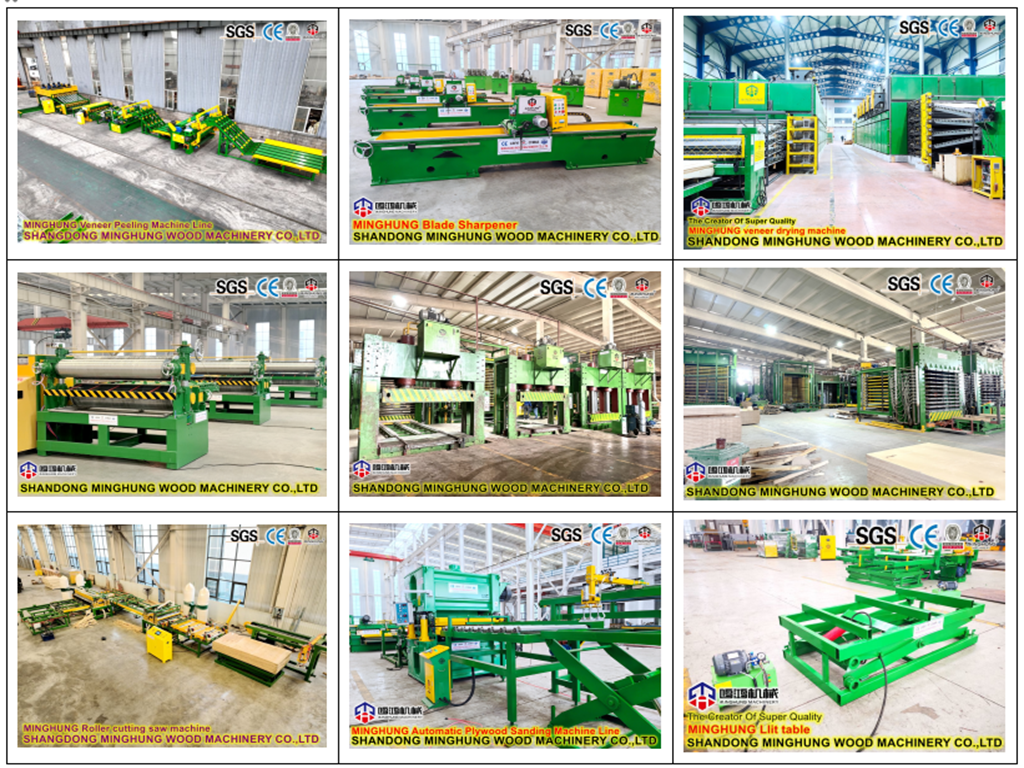
|
Product Packaging
|
Customer group photo
We provide not only world-class machinery but also comprehensive technical support, installation & commissioning, personnel training, and after-sales service, ensuring your project runs smoothly from conception to production.

